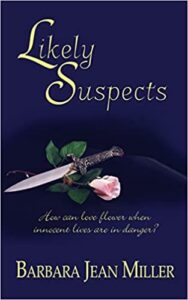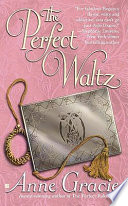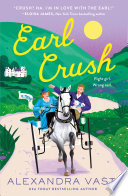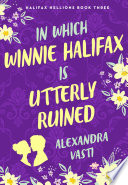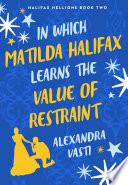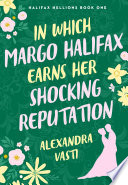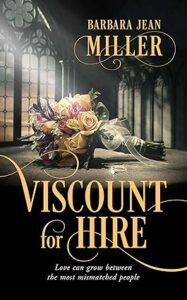|
Moniker/Name
Inquisitive
Source of Question
Just curious
Your Question
Were there ever interfaith marriages among the upper class in the Regency era? Or cases where someone initially of a different religion married into the aristocracy and converted? Also, would interfaith include Catholic-Protestant marriages at that time period? Thanks! |
Thanks for the fantastic question, Inquisitive, and for being a Regency Reader! And I appreciate you narrowing the scope to the upper class/aristocracy because this is a big question with a lot of variables at play!
The short answer is interfaith marriages were fairly rare in the early 19th century. Catholic and Protestant marriages, for all intents and purposes, would have been considered interfaith at the time. This was in large part due to the lingering anti-Catholic sentiment among the heavily Anglican culture of Great Britain at the time. Marriages were also restricted by the Clandestine Marriages Act of 1753, which essentially said only Anglican church weddings would be legal. This means most Catholics married in an Anglican church to ensure their marriage would be recognized. The Marriages Act, as it was sometimes called, also required either a license or the banns to be read in order to be married.
People of Quaker and Jewish faith were exempted from the Marriages Act regulation, although there was some grey area on the legality of their marriage for several years. The British Royal Family were also exempt. Other religions would find it much more difficult throughout the 19th century to have their marriages and rites recognized.
Higher profile Jewish families “strove to resist the lure of intermarriage”, but it did occur; Hannah Mayer converted and married a Christian in a church, but waited until the death of her father Nathan in 1839 before she did so. Part of the Rothschild family, she preceded another Hannah (daughter of Baron Mayer Amschel) who, in 1878, did not convert but married Lord Rosebery in church and created a great scandal doing so (Belich, 2015).
Beyond the political state, many faiths also had restrictions against intermarriage that would have created significant challenges for a couple, often requiring one party to convert. As this is still the practice today in many religions, it would have not been uncommon to see conversion in the Regency.
There were examples of Catholics and Anglicans who intermarried, however. The Duke of Norfolk has historically been Catholic and many intermarried Anglican women. The primary Duke during the Regency era, Bernard Edward Howard, was married and then divorced to Lady Elizabeth Belasyse whose grandfather had renounced Catholicism. However, many of the Catholic peers chose to form matches with other Catholic peer families, and most Anglican peers also chose marriages within their own faith.
Author Regina Jeffers has a post about Catholic and Protestant marriages during the Regency which adds a bit more depth to the topic: Catholic/Protestant Marriages During the Regency + “The Earl Claims His Comfort” | Every Woman Dreams… (reginajeffers.blog)
I hope this helps! There is a fair amount of literature on this topic, but not a detailed survey of interfaith marriages among the peers. I would assume the best bet for hunting down examples would be via genealogy, and in particular scrutinize Catholic peers.
Bibliography
Bleich, J. (2015). Intermarriage in the early modern period. In A. Mintz & M. Stern (Eds.), Conversion, intermarriage, and Jewish identity (pp. 3-46). Jerusalem, Israel: Urim.
Brown, Richard. Church and State in Modern Britain, 1700-1850 (Routledge, 1991).
Bush, Jonathan. “The priest and the parson of Hartlepool: Protestant-Catholic conflict in a nineteenth-century industrial town.” British Catholic History 33#1 (2016): 115–134.
Caballero, C. (2019). Interraciality in early twentieth century Britain: Challenging traditional conceptualisations through accounts of ‘ordinariness’. Genealogy, 3(2), 21.
Dustin D Stewart, ALISON CONWAY. Sacred Engagements: Interfaith Marriage, Religious Toleration, and the British Novel, 1750–1820, The Review of English Studies, 2024;, hgae032,
Gheeraert-Graffeuille, Claire, and Geraldine Vaughan, eds. Anti-Catholicism in Britain and Ireland, 1600–2000: Practices, Representations and Ideas (Springer Nature, 2020)
Marriage Laws and Elopement in Nineteenth-Century England – Emily Owen
Morris, M. (2016). MARRIED IN A FRISKY MODE: CLANDESTINE AND IRREGULAR MARRIAGES IN EIGHTEENTH-CENTURY BRITAIN (Doctoral dissertation, UNIVERSITY OF NORTH TEXAS).

